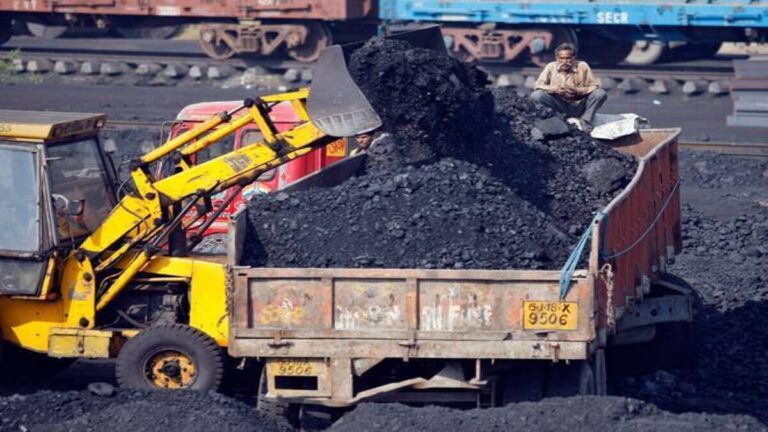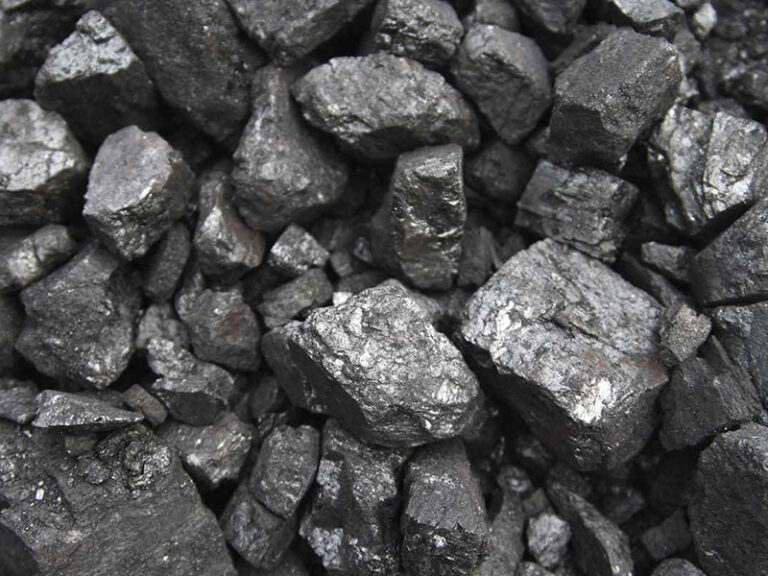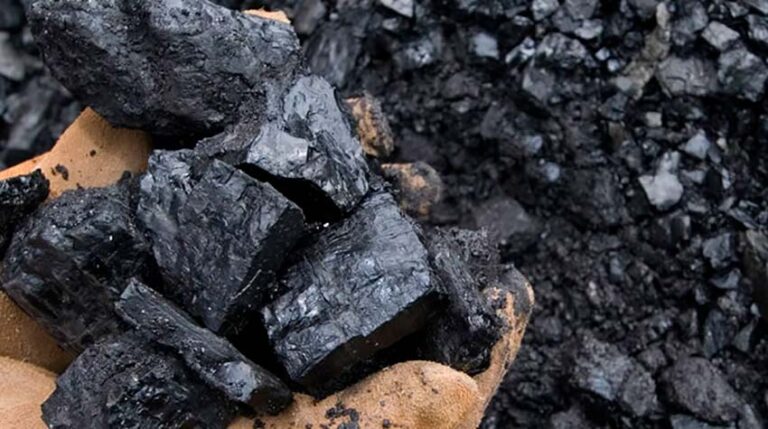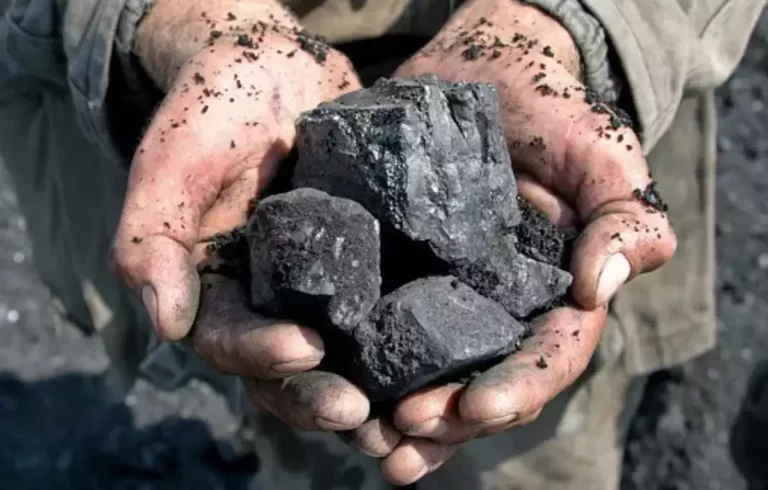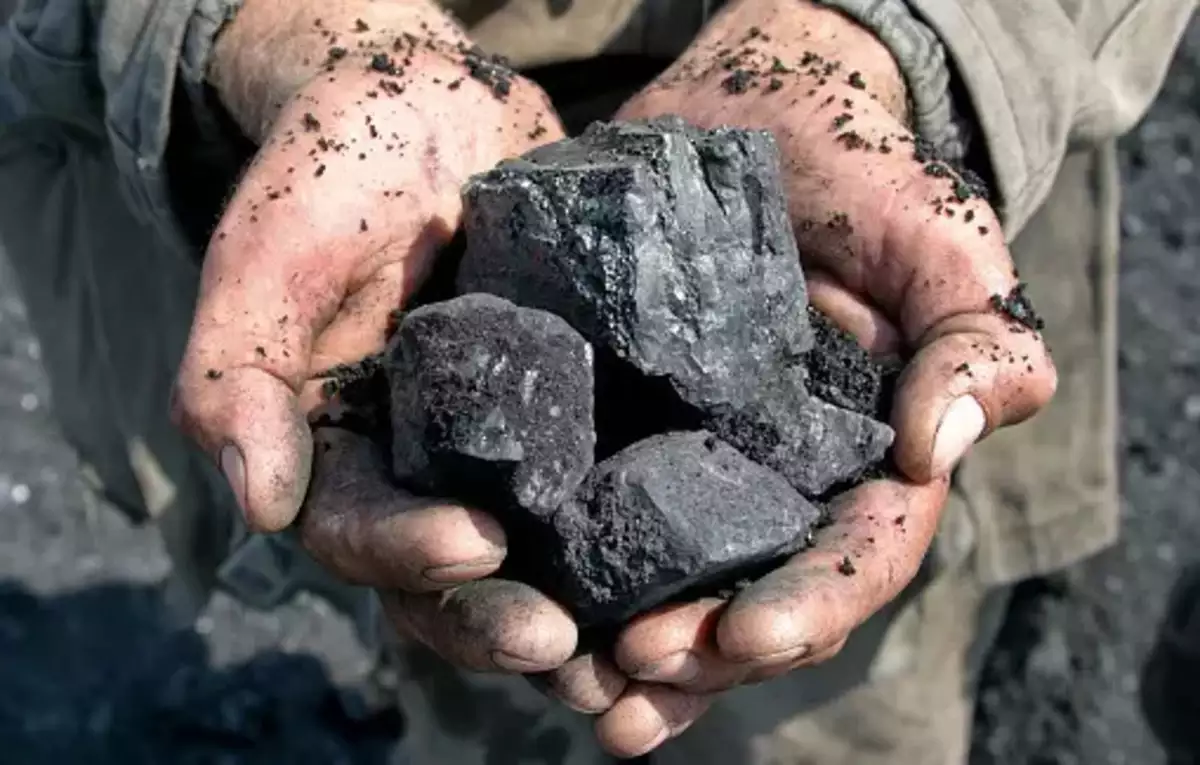
Coal and petroleum are two of the most important fossil fuels used globally to generate energy. Both resources are naturally occurring, but they differ significantly in their composition, formation, and usage. These fossil fuels have fueled industrialization, economic development, and global energy supply for centuries, providing essential energy for electricity, transportation, and manufacturing. However, their environmental impacts, including greenhouse gas emissions, air pollution, and ecological degradation, are significant concerns in the modern era. Here’s a deeper look into coal and petroleum, how they are formed, their primary uses, and the challenges they pose.
1. What is Coal?
Coal is a solid fossil fuel formed from ancient plant material that accumulated over millions of years. When plants died and settled in swampy areas, they were gradually buried under layers of soil and rock. The immense pressure and heat over geological timescales transformed these organic materials into coal through a process called carbonization. Coal is classified into four main types based on its carbon content, moisture levels, and energy density:
- Lignite: Often called “brown coal,” lignite has the lowest carbon content and highest moisture level, making it the least energy-dense form of coal. It is mostly used in electricity generation.
- Sub-bituminous Coal: With higher carbon content than lignite, sub-bituminous coal is often used for power generation and industrial heating.
- Bituminous Coal: This type has a higher carbon content and energy density, making it suitable for both electricity generation and industrial processes, including steel production.
- Anthracite: The highest rank of coal, anthracite, has a high carbon content and is used primarily for heating and specialized industrial processes due to its efficiency.
Coal is mined from the earth in two primary ways: surface mining (for deposits close to the surface) and underground mining (for deeper coal deposits). The main use of coal is to produce electricity in coal-fired power plants, where it is burned to generate steam that drives turbines. Other uses include steel production, cement manufacturing, and heating. While coal is an abundant resource, it is also a significant contributor to carbon dioxide (CO₂) emissions and other pollutants, including sulfur dioxide and nitrogen oxides, which contribute to environmental issues like climate change, acid rain, and respiratory health problems.
2. What is Petroleum?
Petroleum, also known as crude oil, is a liquid fossil fuel formed from the remains of ancient marine organisms such as plankton and algae. Over millions of years, these organic materials were buried under layers of sediment, where they were subjected to heat and pressure that eventually transformed them into hydrocarbons. Petroleum is found in underground reservoirs or trapped in porous rocks. It is extracted through drilling and then refined into a variety of products.
The refining process separates crude oil into different hydrocarbon fractions based on boiling points, producing various fuels and materials, including:
- Gasoline: The primary fuel for cars, gasoline is highly refined and one of the most valuable petroleum products.
- Diesel: Commonly used in trucks, buses, trains, and ships due to its efficiency for heavy-duty engines.
- Kerosene: Used for jet fuel and sometimes for heating.
- Liquefied Petroleum Gas (LPG): Used in cooking, heating, and some vehicles.
- Lubricants, Petrochemicals, and Plastics: Petroleum is also refined into lubricants, solvents, and petrochemicals used in manufacturing plastics, synthetic rubber, fertilizers, and pharmaceuticals.
Petroleum is a versatile and energy-dense fuel, which has made it central to global transportation and industrial applications. However, the extraction, refinement, and combustion of petroleum contribute significantly to greenhouse gas emissions and environmental damage, such as oil spills, water contamination, and habitat destruction. Petroleum refining and usage also produce harmful pollutants, including sulfur compounds, nitrogen oxides, and particulate matter, which have adverse effects on air quality and public health.
3. Differences Between Coal and Petroleum
Physical State and Composition
Coal is a solid, carbon-rich fuel formed mainly from plant material, while petroleum is a liquid hydrocarbon fuel formed from marine organisms. This difference in origin and physical state gives them different properties and applications.
Formation Process
Coal formation occurred largely in swampy regions, whereas petroleum was formed under the ocean from marine life remains. Coal takes millions of years to form and is largely composed of carbon, while petroleum contains various hydrocarbons, making it easier to refine into a wide array of fuels and chemicals.
Usage in Energy Production
Coal is primarily used in power generation, whereas petroleum fuels transportation and various industrial processes. Both fuels are essential for electricity generation, with coal used more for power plants and petroleum products like diesel or fuel oil used in transportation and certain types of backup power systems.
4. Environmental and Social Impacts
Greenhouse Gas Emissions
Both coal and petroleum are major contributors to greenhouse gas emissions, with coal-fired power plants and petroleum-fueled vehicles releasing large amounts of CO₂ into the atmosphere. These emissions trap heat, leading to global warming and climate change.
Air Pollution
Burning coal releases pollutants such as sulfur dioxide, mercury, and particulate matter, which cause respiratory and cardiovascular health issues. Petroleum products, especially when burned in vehicles, emit carbon monoxide, nitrogen oxides, and other pollutants, contributing to air quality degradation.
Resource Extraction Impact
Coal mining and oil drilling both lead to habitat destruction and water pollution. Surface coal mining, especially mountaintop removal mining, dramatically alters landscapes, and oil drilling can result in oil spills, impacting marine ecosystems. Oil spills have devastating impacts on wildlife, coastlines, and local economies, often requiring extensive cleanup efforts.
5. The Future of Coal and Petroleum
The environmental and social concerns related to coal and petroleum have driven a global shift towards renewable energy sources, such as wind, solar, and hydroelectric power. Governments and companies are working to reduce reliance on fossil fuels by implementing carbon capture and storage (CCS) technology, transitioning to clean energy, and promoting energy efficiency.
While the demand for coal is declining, particularly in developed countries, it remains a critical energy source for many regions, especially in emerging economies. Petroleum remains crucial for transportation and industry, but the growth of electric vehicles, biofuels, and alternative energy technologies is expected to reduce its role over time.
Conclusion
In conclusion, coal and petroleum have been essential resources in powering the global economy, supporting transportation, electricity generation, and industrial processes. However, their environmental impacts, including greenhouse gas emissions and pollution, are prompting a global shift towards cleaner energy alternatives. As renewable energy sources become more viable and widely adopted, the role of coal and petroleum in the energy mix is likely to diminish. Nonetheless, understanding their importance and impact remains critical as society navigates the transition to a more sustainable energy future.
